What is Engineering safety
safety engineering is provide to protective work culture and control of workplace accident that may cause worker injuries or disorders
Read more
We'd like to send you notifications of the latest posts and updates.
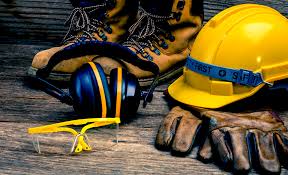
Industrial safety is the science and art dedicated to the anticipation, recognition, evaluation, and control of workplace hazards that may cause worker injuries or illnesses. Today’s industrial safety is a person trained and educated in physics, biology, chemistry, safety, engineering, or environmental sciences. The industrial hygienist must have a broad spectrum of knowledge in safety, ventilation, illumination, radiation, biological sciences, noise, ergonomics, thermal stressors, and a wide variety of other topics. Each of these topics will be discussed in detail within their own individual Topics. The industrial hygienist, while concerned with physical safety, focuses on the prevention of worker illnesses caused by work place exposures to various chemicals, substances, and elements.
The industrial safety must be capable of anticipating workplace hazards. Before ever arriving at a job site or facility, the industrial hygienist can perform preliminary research to determine the type of work and the potential exposures that may be present. This can be performed by asking and answering the following questions:
This phase of the assessment process is conducted primarily through walkthrough inspections by the industrial hygienist. This process is more qualitative than quantitative in nature. During the walkthrough inspection, the industrial hygienist will begin to identify the specifi c processes and operations and the potential hazards that each may pose to workers. Once the walkthrough inspection has been completed the industrial hygienist will develop a strategy to further evaluate the extent of each hazard poses.
The evaluation process may require the use of specialized sampling equipment to actually quantify the workers’ exposure to the specifi c hazards. Depending on the type of hazard, representative samples will be collected using various methodologies that will be discussed in this chapter. Once samples have been analyzed by an accredited laboratory, then the industrial hygienist will formulate a plan to control the hazards.
Once the plan to control the hazards has been established, the industrial hygienist will develop a plan of action to eliminate, minimize, or mitigate the hazards, which may include engineering controls, administrative controls, or personal protective equipment (PPE). Through the elimination or mitigation of a hazard, the risk to the employee can be drastically reduced.
A safety program should always include engineering safety at the design and equipment installation stage, education of employees in safe practices, concerns the attitude of employees and management. It should motivate all the industrial employees in accident prevention and safety consciousness. It must provide all safety instructions and training essential for the employees to think, act and work safely so that the number of accidents can be minimized. Safety education must give knowledge about safe and unsafe mechanical conditions and personal practices. Safety training must involve induction and orientation of new recruits to safety rules and practices, explaining safety function, during their initial job training through efforts made by the first level supervisors. Formulating employee’s safety committees, holding of employee’s safety meetings, display of charts, posters, film etc. are very much essential in each industry for stressing the need to act safely. There should be sufficient display of safety posters and films from time to time to remind industrial workers to particular hazards/accidents, providing simple and convenient safety devices, providing time to the worker for setting, removing and replacing any necessary safety devices. All industrial personnel should be asked from the first day to start working to adopt safety measures because an unskilled worker should be familiar fully to work safely. It must ask the shop supervisor to display all the safety aspects near the work centre. It should also mail safety information and sufficient literature pertaining to safety for reading at homes of all the industrial employees. It must welcome all safety suggestions. It must mark categorically all accident areas. It must conduct safety training lectures periodically for providing wide publicity to safety aspects for everything including men, machines and materials.
The word 'safety' is defined in foregoing section. Now its message is philosophically explained below by each letter of its spelling.
S - Science for Safety of Self and Society.
A - Art and Action for Accident Avoidance.
F - Foolproof safety with Fail-safe devices including system safety. Factories Act is thesafety backbone for industry.
E - Engineering controls are most important and must first be provided 'and maintained for safety.
T - Teaching and Training for safety to all concerned including workers and public.
Y - Young Person & Young Mind to work for safety. Yawl to save the humanity.
Five 'E' are stated as fundamentals for safety. They are Education, Engineering, Enforcement, Enthusiasm and Example setting.
Five 'L' are important-Learning, Leadership, Loyalty, Labour protection and Lawfulness.
Five'M' are important - Man, Material, Machine, Money and Management.
Five T' are important - People, Protection, Productivity, Prosperity and Proficiency.
Philosophy of each of these words can be discussed with plenty of examples. They all need utmost attention.

safety engineering is provide to protective work culture and control of workplace accident that may cause worker injuries or disorders
Read more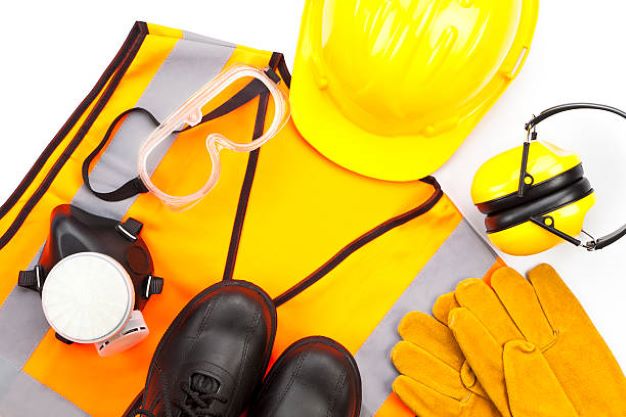
The following general types of safety are considered in the workshop.
1. Safety of self.
2. Safety of job.
3. Safety of machines tools.

Developing a solid safety plan is vital in workplaces, and recreational areas. It starts with a thorough risk assessment to identify potential hazards and assess their possible impact. Equally important is being well-prepared for emergencies, involving the creation of clear plans for different scenarios.
read more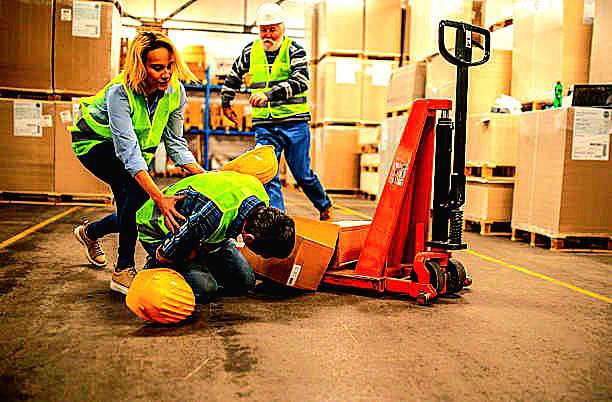
A large number of revolving, rotating, reciprocating and moving parts of machinery can besaid as the sources of danger and require guarding for protection against accidents.
read more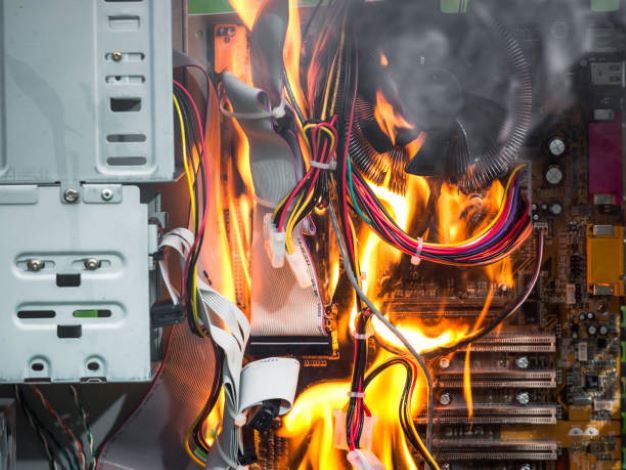
The accidents are unwanted events or mishaps that result in some sort of injury to men, material, machines, tools, equipment and semi or finished product hence, a loss to the whole establishment.
read more
Few safety measures commonly used in industries comprise of the proper safety guards for reciprocating machine components such as drop hammers, presses, shaper, slotter, power hacksaw, paper cutters etc., fencing of dangerous and rotating parts like revolving shafts,
read more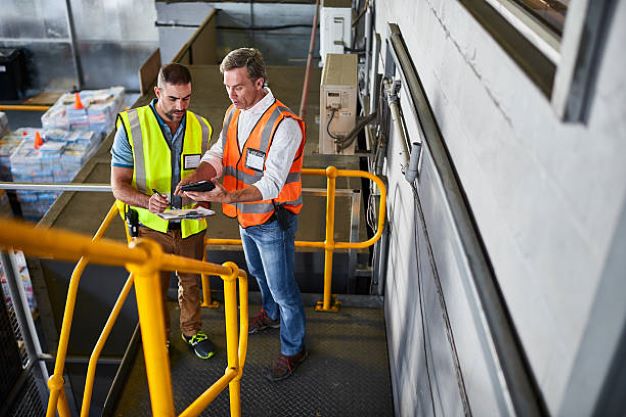
The common methods of safety are as follows:
1.Safety by construction or design.
2.Safety by position.
3.Safety by using fixed guards.
4.Safety by using interlock guards.
5.Safety by using automatic guards.

Safety Precautions while Working with Different Cutting Tools: Like as Make files, cutting, Chisels, Saws, Reamers, Tap and Dies, Abrasives.
read more
Safety Precautions while Working with Different hand Tools: Like as Screw Drivers, Wrenches, Hammers.
read more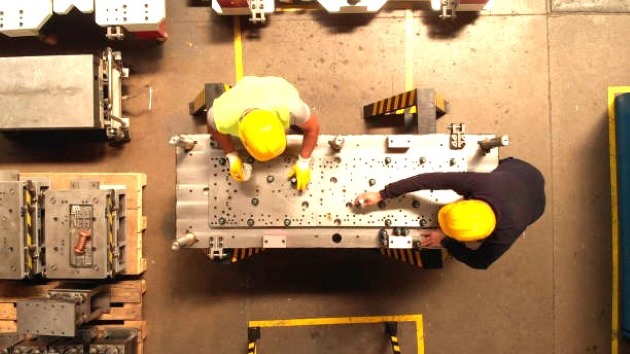
They must be strictly followed for safety. Specific safety guidelines for some of the machine process like lathe, drilling, shaping, planning slotting, grinding, milling, and finishing operations.
read more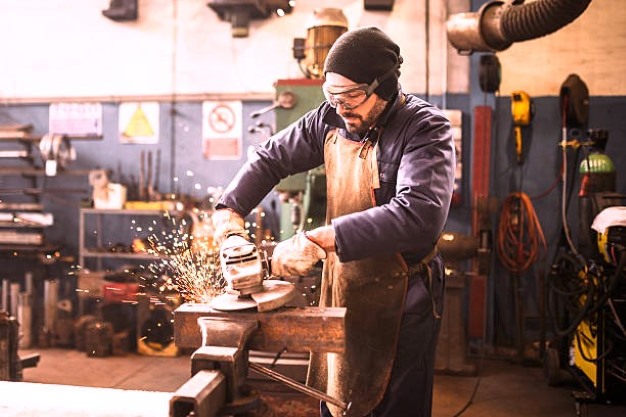
Replace Cracked Grinding Wheels: If you notice that the grinding wheel is badly cracked, replace it promptly. Damaged wheels can lead to accidents during operation.
read more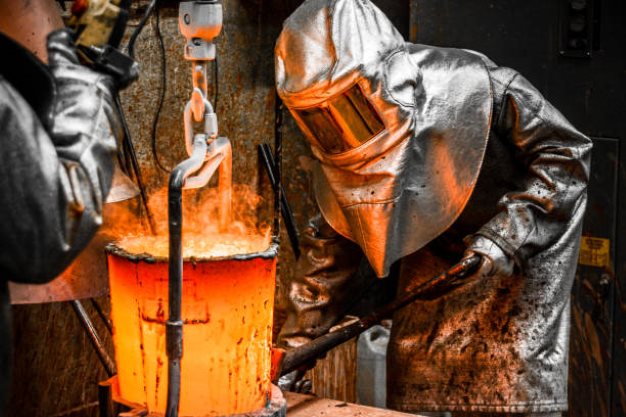
All foundry men should wear protective clothes, glasses, shoes, and gloves while handling molten metal for casting process.
read more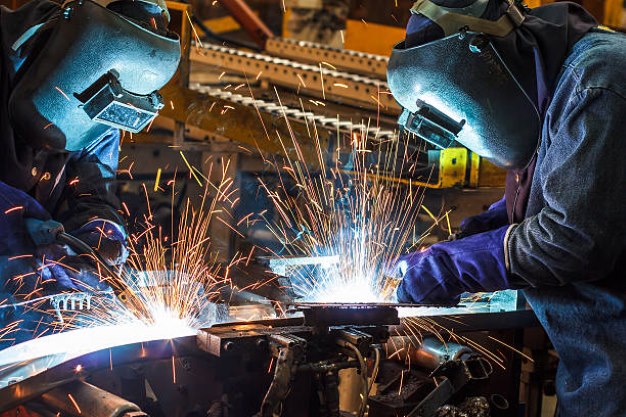
A welding shop is where metal pieces are joined using heat or pressure. Safety and proper equipment are essential for efficient welding processes.
read more
Factory Act is to safeguard workers from industrial hazards and ensure a secure and improved working environment, with specific provisions outlined for the fencing of machinery and other safety measures.
read more
In industry, an inquiry is normally ordered for electrical accident. Items carrying electricity should be properly insulated. Ageing of insulation withstand capacity and should not be allowed to leak current.
read more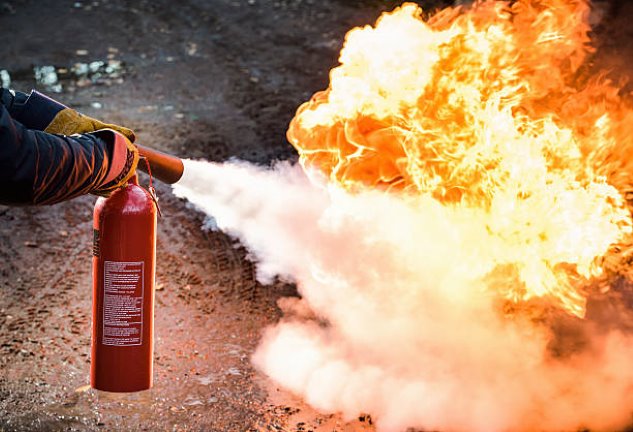
The main factors for combustions are presence of oxygen, availability of combustible materials and rise of temperature to the ignition point for the material The cause of fire accidents may be electric-short circuit.
read more
The main factors for combustions are presence of oxygen, availability of combustible materials and rise of temperature to the ignition point for the material The cause of fire accidents may be electric-short circuit.
read more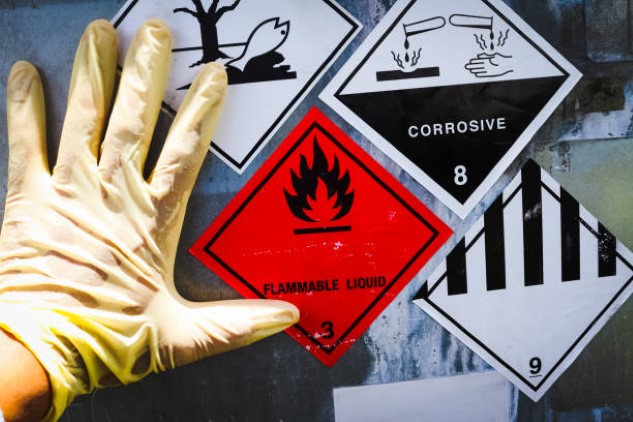
Effects of dusts, fumes, heat, noise and vibration due to hot and cold working of metals and crush and other injuries due to machine tools are discussed earlier.
read more
sometimes accidents may also occur in industries. After major or minor accidents, an injured worker requires immediate preliminary treatment in the absence of same his condition may become highly critical.
read more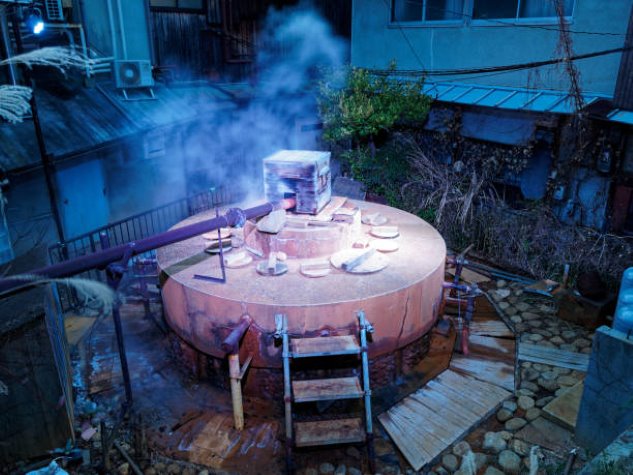
sA Cupola furnace is utilized for melting recycled metal or pig iron to manufacture diverse cast irons. Crucial factors in choosing cupolas include melting capability, shell diameter with or without lining, and spark arrestor.
read more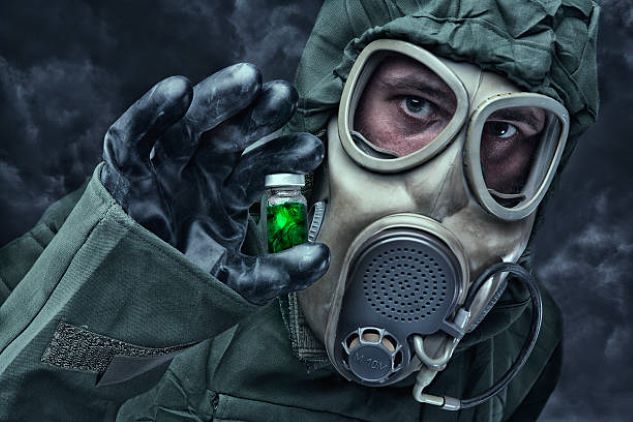
Antidotes are therapeutic agents used to counteract the toxic effects of specific xenobiotics. These are heterogenous group of substances consisting of pharmaceuticals, biological agents and immunoglobulin fragments.
read more
This Glossary of safety to help understand basic term of safety
read moreSafety Manufacuturing PPE Automation & Mechanization Friction Lubricants Classification of manufacturing advantage and dis. LPG 5S News fire prevention ci vs si engine Gear LPG vs petrol
To get first Notification: